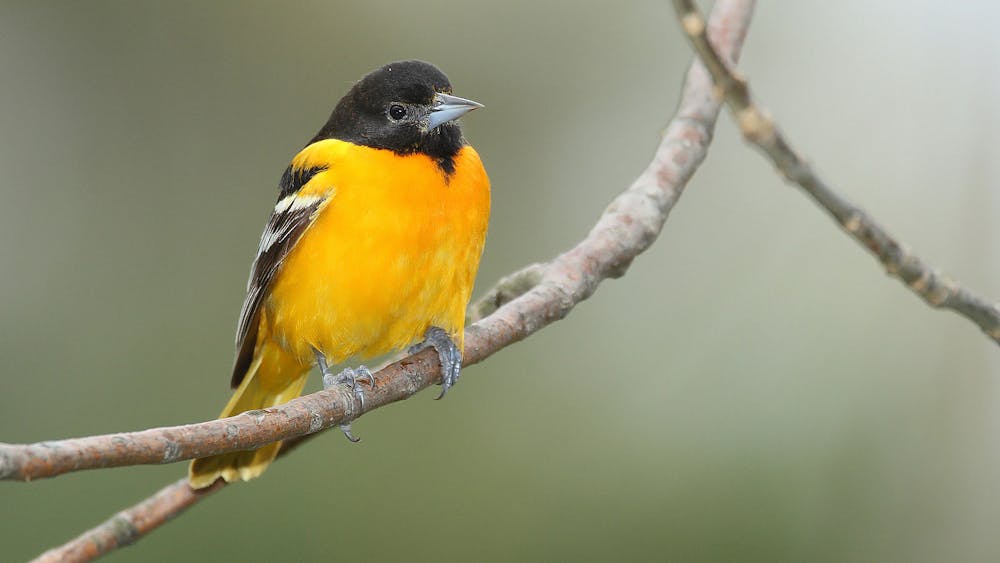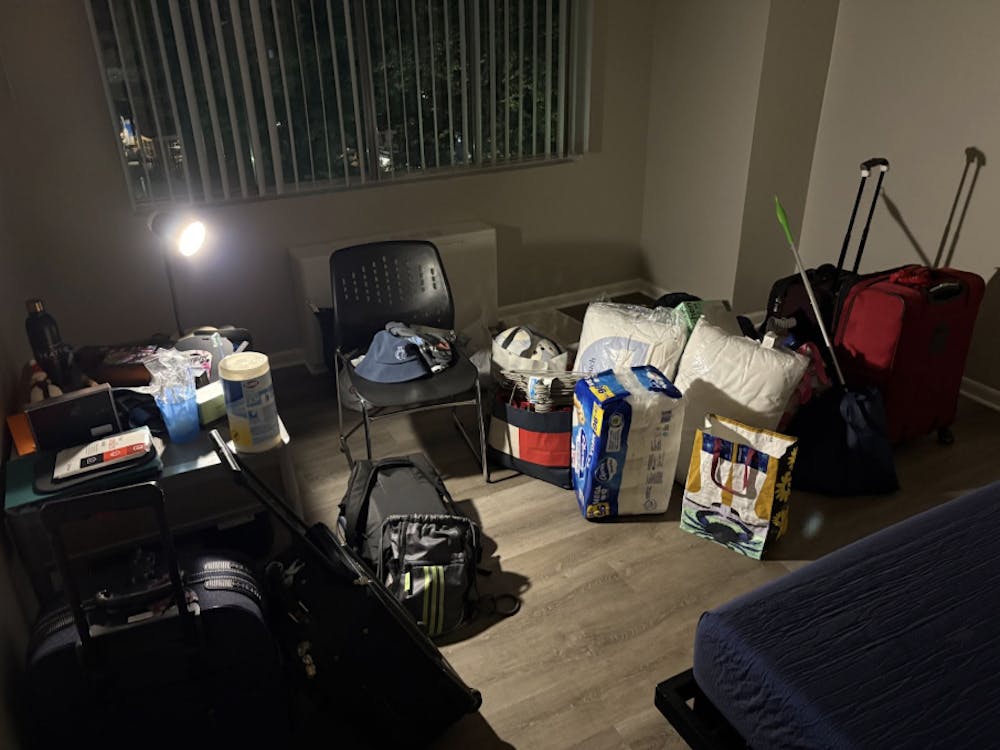Hopkins researchers suggest that increasing natural spaces and tree canopy while reducing impervious surfaces (hard areas that prohibit water dissipation) has significant effects on improving biodiversity, specifically of birds.
The study, published in Ecological Applications, represents a collaboration with several other universities and research centers, including the Department of Agriculture Forest Service’s Northern Research Station, Duke University, University of Massachusetts Amherst and the City University of New York Advanced Science Research Center. At Hopkins, the research was headed by Meghan Avolio, assistant professor in the Department of Earth & Planetary Sciences. The lead author of the study was Susannah Lerman, a research ecologist at the Northern Research Station.
The paper isn’t the first to examine the impacts that yards and their management can have on the surrounding environment, and as Lerman explained in an interview with The News-Letter, it helps us to understand the multitude of avenues through which one can explore the environment.
“I heard about this larger project looking at yards across the country, but they weren’t looking at wildlife. People really care about wildlife,” Lerman said. “Soil is great, plants are wonderful, but you usually don’t say to someone, ‘What’s your favorite soil?,’ or ‘What’s your favorite plant?’ But everyone has a bird story.”
The study comes at a point when urbanization is at an all-time high, with 68% of the world’s population predicted to be living in urban areas by 2050. This may spell bad news for the North American bird population. Since the 1970s, there’s been 2.9 billion net loss of birds across all biomes, and increasing urbanization only hurts species of avifauna that rely on specific natural environments to fit their specialized niche.
In an interview with The News-Letter, Avolio explained that this doesn’t mean the environmental consequences associated with urbanization are a foregone conclusion.
“This isn’t a losing battle. Cities are designed by humans, and we need to set what our priorities are and act accordingly,” Avolio said. “We have a lot of capacity to create cities that are both sustainable for humans as well as for wildlife.”
The study was conducted across six U.S. cities representing a broad range of environments; Baltimore was used to represent, for example, the Southeastern Coastal Plain. Within each city, a variety of public parks and private yards were surveyed according to the presence of various features and properties, such as fertilizer use and the presence of hydrology features such as xeriscapes. These features were subsequently correlated to the diversity and proportion of various avian species.
The data was analyzed using a model based upon a Bayesian framework, which assigned various scores to the different land management types based upon species richness, conservation, public interest and community turnover.
The results brought a nuanced perspective to the age-old adage of simply “going green.” Avolio and her collaborators argued that certain factors of land management have a much greater impact on the ecology of urban birds than others. Species richness was found to be most strongly correlated to macroscopic features such as canopy cover but not as impacted by the minutiae of certain yard care techniques. Overall, the presence of impervious surfaces harmed birds’ abilities to find food and shelter and impacted biodiversity the most.
Avolio also explained the most important takeaway that the study offered.
“The biggest thing is that having more bird habitats results in having more birds. In order to have more wildlife and birds, we also need to have more green spaces and habitats for them,” she said.
The study suggests that individuals act as stewards for their local environment. Having yards certified by the National Wildlife Federation Is one potential strategy to maintain biological heterogeneity across cities and avoid the growing amalgamation of species due to urbanization.
Avolio also looked to the future of cities, emphasizing the importance of balance in maintaining ecological diversity. Avolio stressed that zoning laws to differentiate and demarcate areas meant for greenery and wildlife are helpful, while acknowledging the impossibility of a city having no environmental consequences.
“The downtown is always going to have very high areas of impervious surfaces and low canopy cover,” Avolio said. “We must think about the intensity of use in cities. There should be cities and places where we try and minimize the impact that we have on the natural environment.”
Lerman also commented on the role that we all play in shaping the future of our environment. She suggested individuals start by resisting traditional landscaping.
“We can all change our behavior to help improve bird habitats and biodiversity. Doing less, in some cases, is actually doing more,” Lerman said. “Not mowing lawns allows for the growth of dandelions and wildflowers, leading to more bees and flowers. There are a lot of ways anyone can help.”
Lerman emphasized the study’s place as part of a larger effort to understand intersectionality in terms of the impact of land management techniques on not only birds, but insects and plants as well.
“By looking at round insects, we can learn about soil quality. By looking at bees, we can learn about the presence of certain plants. We are also looking into the types of water flowing into yards, and we have social scientists looking at the impacts of different forms of governance,” Lerman said. “There are so many different ways to look at a yard; it’s really an entire ecosystem sitting in your backyard.”





